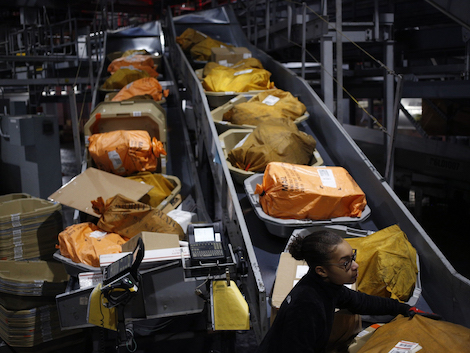Originally posted on SupplyChainBrain on 7/5/21
The past 15 months have been hectic for freight procurement and logistics management. And while consequences of the COVID-19 pandemic look to be reaching a plateau, shippers are still working hard to ensure they’re in the best position to recover and handle any new challenges.
Here are three challenges they’re likely to see throughout this year, and how to manage them.
Capacity will be an issue. Truck capacity will continue to remain in flux as the world continues to get back online. This means that not only will shippers be faced with an increased number of rejected tenders from their contracted carrier network, but that costs are likely to be sky-high on the alternate market as well, given they will also face a capacity crunch.
With bigger market swings, shippers need to keep a pulse on current freight market supply and demand so they do not overpay carriers leading to cost overages, or they don’t underpay carriers leading to poor service and on-time-delivery stats. Moreover, they should closely scrutinize their broker partners and consider setting up an infrastructure where they can go directly to alternate carriers to avoid hidden costs and data.
Accessorials will eat at budgets. Shippers typically allocate 5-10% of their total trucking budget to cover unplanned accessorials. Unfortunately, many incurred increased penalties and fees because there was an increased need for alternate carriers which caused marketplace inefficiencies — new trucks on new lanes.
To compound matters, sometimes, things like spot upcharge fees land into the accessorial bucket, therefore skewing generic market data reported.
Brokers may boost margins. The broker market is already rife with upcharges and other opaque fees, and periods of high demand allow providers to ramp up fees by camouflaging them under the guise of “capacity shortages.” These practices make it extremely difficult for shippers to understand true-market-cost and how freight rates are trending so they can make appropriate optimizations within their primary carrier network.
Room to Optimize
Swings between high and low freight rates have increased up to 40% — making it difficult for shippers to judge whether they’re overpaying on a specific lane. With 100% real-time visibility into what out-of-network carriers charge to haul a specific load, shippers will understand how their rates stack up against current market conditions so they can make the best carrier decisions.
Shippers have room to optimize freight procurement on their mix of lanes because past markets have not caused as great of rate fluctuations on backhaul lanes. Streamlining more difficult loads can help swerve larger rate swings.
While there are definitely welcomed signs of a return to normal within the freight procurement and logistics management industries, the second half of 2021 will likely remain highly challenging. By tweaking strategies and operations in conjunction with these trends, shippers can position themselves for sustained success.

